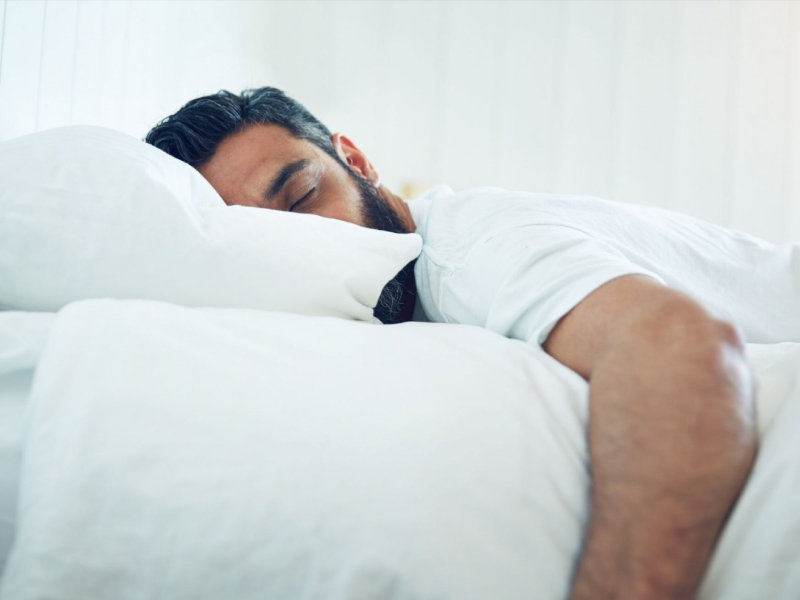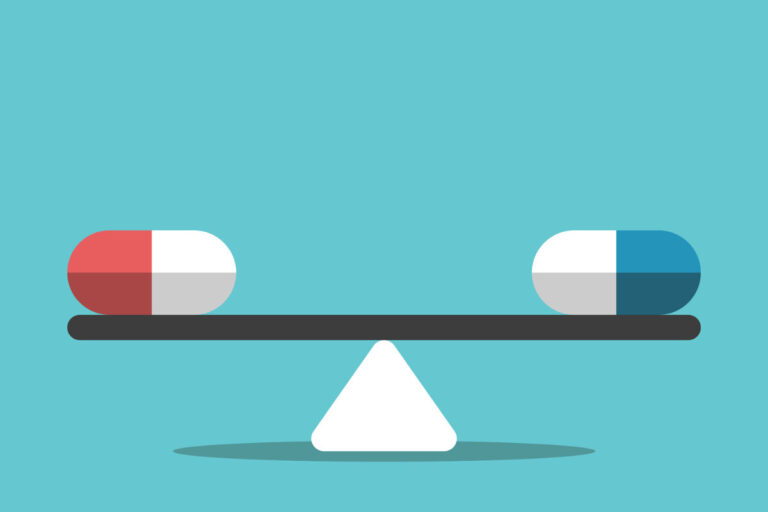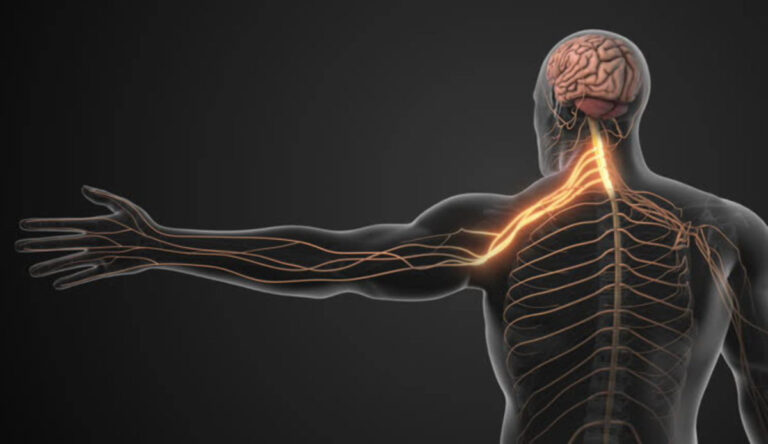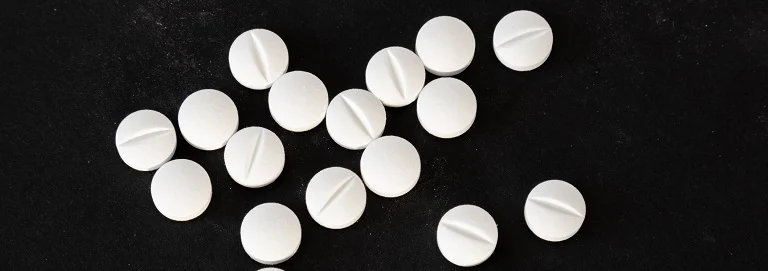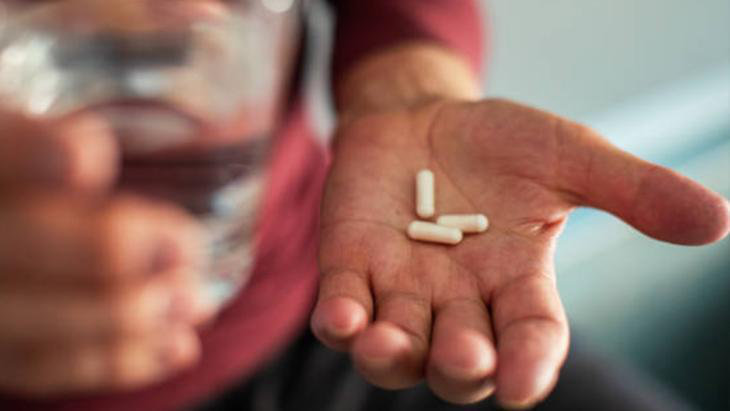Why You May Still Feel Tired and Fatigued on Modafinil
Modafinil is a prescription medicine used to improve wakefulness in adults with narcolepsy, obstructive sleep apnea (OSA), and shift work disorder (SWD). Many people do feel more alert on it, but some still report tiredness or fatigue. This guide explains why that can happen and what you can do next, using evidence from clinical trials and trusted references (U.S. Food and Drug Administration [FDA], 2015; Czeisler et al., 2005; Kumar, 2008).
Disclaimer: This article is educational and does not replace medical advice. Talk to your licensed clinician before changing any medication or routine.
What Modafinil Is, and What It Is Not
Modafinil is FDA approved to improve wakefulness in narcolepsy, OSA as an add-on to continuous positive airway pressure (CPAP), and SWD. It is usually taken in the morning for narcolepsy or OSA, or about one hour before a night shift for SWD (FDA, 2015). It does not treat airway obstruction in OSA and does not cure underlying sleep disorders (FDA, 2015).
How it works is complex. Evidence points to modest dopamine reuptake inhibition and downstream effects on norepinephrine, orexin, and histamine pathways that support wakefulness (Greenblatt & Adams, 2023; Kumar, 2008). The half-life is long, about 15 hours, which matters for timing and sleep onset later in the day (Greenblatt & Adams, 2023).
Why You May Still Feel Tired or Fatigued on Modafinil
1) Residual sleepiness is common, even in trials
In a three-month randomized trial of people with shift work disorder, modafinil improved objective alertness and reduced attention lapses, yet participants still had excessive sleepiness at night compared with desired levels. Many also continued to report impaired performance (Czeisler et al., 2005). This shows that improvement does not equal full normalization.
2) Symptoms without the root cause addressed
If you have short sleep, irregular schedules, untreated OSA, or circadian misalignment, the drug will not replace proper sleep and treatment. The literature and labeling emphasize that CPAP remains essential for OSA, with modafinil used only for residual sleepiness after optimal CPAP use (FDA, 2015; Kumar, 2008).
3) Tolerance, variable benefit, and expectations
People differ in response. Some report fading benefit over time. Reviews note mixed results for cognitive enhancement in well-rested healthy volunteers, and the possibility that perceived benefit changes with chronic use and with comorbid conditions (Kumar, 2008). Set realistic goals. Aim for meaningful improvement, not perfection.
4) Mental health and attention conditions
Responses can differ if you have attention-deficit hyperactivity disorder (ADHD), depression, bipolar disorder, or anxiety. Reviews describe variable outcomes across these groups, with some benefit and some neutral findings. Screening and active management of mood, anxiety, and attention can improve overall outcomes and how modafinil feels day to day (Kumar, 2008).
5) Lifestyle and side effects that feel like fatigue
Common side effects include headache, nausea, and insomnia. If sleep is delayed or fragmented, next-day fatigue can increase. In a clinical study in narcolepsy, patients reported better vitality and mood on modafinil, but headaches and insomnia were among frequent adverse events, which can blunt perceived benefit if not managed (Becker et al., 2004). Hydration, regular meals, light physical activity, and consistent wind-down routines support energy and sleep quality.
6) Timing, dose, and long half-life
Taking modafinil too late can delay sleep onset because of its long half-life. That can create a cycle of short sleep and daytime fatigue. Standard dosing is 200 mg once daily in the morning for narcolepsy or OSA, and 200 mg about one hour before the shift for SWD. Some patients are prescribed different doses under clinician guidance, but higher doses are not always more effective and can increase side effects (FDA, 2015; Greenblatt & Adams, 2023).
7) Performance can feel better while fatigue persists
Modafinil can reduce the perception of effort and extend performance in strenuous tasks, which may mask how tired you feel rather than remove the cause of fatigue. In healthy men, acute modafinil increased time to exhaustion and lowered perceived exertion during high-intensity exercise, suggesting a change in fatigue perception rather than energy stores (Jacobs & Bell, 2004). This helps explain why you might function better yet still feel tired.
8) Cognitive effects do not equal full restoration
In nonsleep-deprived but fatigued clinicians, modafinil improved free recall and vigilance after a demanding task, but did not normalize all recall measures. Benefits were selective, and some deficits persisted, which aligns with the idea of partial, not total, reversal of fatigue effects (Flindall et al., 2016).
What To Do If You Still Feel Tired on Modafinil
Use these steps with your clinician. Simple changes often help.
- Check sleep basics first
- Track sleep for 1 to 2 weeks. Aim for 7 to 9 hours for most adults.
- Keep a stable bedtime and rise time, even on off days.
- Reduce late caffeine and alcohol. Limit screens in the last hour before bed.
- Treat the underlying disorder
- If you snore, gasp, or wake unrefreshed, get assessed for OSA.
- If you have OSA, confirm CPAP fit, pressures, and adherence. Modafinil does not replace CPAP (FDA, 2015).
- Review timing and dose with your clinician
- Morning dosing for narcolepsy or OSA.
- About one hour before the shift for SWD.
- Avoid late-day dosing to protect sleep onset (FDA, 2015; Greenblatt & Adams, 2023).
- Reduce side effects that mimic fatigue
- Hydrate regularly.
- Do not skip meals. Include protein and fiber at breakfast and lunch.
- Build short movement breaks to counter long sitting.
- If headaches or insomnia occur, discuss dose timing and supportive measures.
- Screen for comorbid factors
- Ask about mood symptoms, anxiety, ADHD, pain, and medications that cause sedation.
- Treating these can improve energy and the benefit you feel from modafinil (Kumar, 2008).
- Set realistic goals and reassess
- Aim for meaningful improvements in alertness and function.
- If benefit is limited, review the diagnosis and consider alternatives with your clinician.
Safety, Interactions, and When to Seek Care
- Serious rash is rare but important. Stop the medicine and seek care if you develop a rash, especially with fever or mouth sores (FDA, 2015).
- Psychiatric symptoms can include anxiety, agitation, or mood changes. Discuss new or worsening symptoms promptly (FDA, 2015).
- Drug interactions occur. Modafinil can reduce the effectiveness of steroidal contraceptives. Use alternative or backup contraception while taking it and for one month after stopping (FDA, 2015).
- In liver disease or in older adults, lower doses and closer monitoring may be needed (FDA, 2015; Greenblatt & Adams, 2023).
Evidence Snapshot
- Shift work disorder trial: Improved alertness and fewer lapses, but residual sleepiness remained (Czeisler et al., 2005).
- Narcolepsy quality of life: Better vitality and mood, with headaches and insomnia reported by some (Becker et al., 2004).
- Fatigued clinicians: Better free recall and vigilance, not a full fix for all recall measures (Flindall et al., 2016).
- Exercise study: Longer time to exhaustion with lower perceived effort, consistent with reduced fatigue perception rather than eliminating fatigue (Jacobs & Bell, 2004).
- Reviews and labeling: Mechanisms are multi-system. Use is approved for narcolepsy, OSA with residual sleepiness on CPAP, and SWD. Timing matters. Underlying conditions still need direct treatment (FDA, 2015; Kumar, 2008; Greenblatt & Adams, 2023).
Frequently Asked Questions
Can I take modafinil at night?
For shift work disorder, take it about one hour before the shift. For narcolepsy or OSA, morning dosing is standard. Taking it late can delay sleep and worsen next-day fatigue (FDA, 2015).
Does modafinil replace CPAP for sleep apnea?
No. It does not treat airway obstruction. CPAP remains essential. Modafinil is for residual daytime sleepiness after optimal CPAP use, if needed (FDA, 2015).
Will a higher dose stop my tiredness?
Not always. Doses above 200 mg are not consistently more effective and can increase side effects. Any change must be clinician guided (FDA, 2015).
Why do I feel more alert but still tired?
Modafinil can improve attention and reduce perceived effort. You may function better while underlying sleep loss or circadian misalignment still causes fatigue sensations. Address sleep and schedule first (Czeisler et al., 2005; Jacobs & Bell, 2004).
References
- U.S. Food and Drug Administration. (2015). PROVIGIL® (modafinil) tablets, for oral use, C-IV [Prescribing information]. U.S. Department of Health and Human Services. https://www.accessdata.fda.gov/drugsatfda_docs/label/2015/020717s037s038lbl.pdf
- Greenblatt, K., & Adams, N. (2023, February 6). Modafinil. In StatPearls [Internet]. StatPearls Publishing. https://www.ncbi.nlm.nih.gov/books/NBK531476/
- Becker, P. M., Schwartz, J. R. L., Feldman, N. T., & Hughes, R. J. (2004). Effect of modafinil on fatigue, mood, and health-related quality of life in patients with narcolepsy. Psychopharmacology, 171(2), 133–139. https://doi.org/10.1007/s00213-003-1508-9
- Czeisler, C. A., Walsh, J. K., Roth, T., Hughes, R. J., Wright, K. P., Kingsbury, L., Arora, S., Schwartz, J. R., Niebler, G. E., & Dinges, D. F.; U.S. Modafinil in Shift Work Sleep Disorder Study Group. (2005). Modafinil for excessive sleepiness associated with shift-work sleep disorder. The New England Journal of Medicine, 353(5), 476–486. https://doi.org/10.1056/NEJMoa041292
- Kumar, R. (2008). Approved and investigational uses of modafinil. Drugs, 68(13), 1803–1839. https://doi.org/10.2165/00003495-200868130-00003
- Jacobs, I., & Bell, D. G. (2004). Effects of acute modafinil ingestion on exercise time to exhaustion. Medicine & Science in Sports & Exercise, 36(6), 1078–1082. https://doi.org/10.1249/01.mss.0000128146.12004.4f
- Flindall, I., Leff, D. R., Goodship, J., Sugden, C., & Darzi, A. (2016). Structured cues or modafinil for fatigue amelioration in clinicians? A double-blind, randomized controlled trial of critical clinical information recall in fatigued clinicians. Surgery, 159(4), 1181–1190. https://doi.org/10.1016/j.surg.2015.09.017

